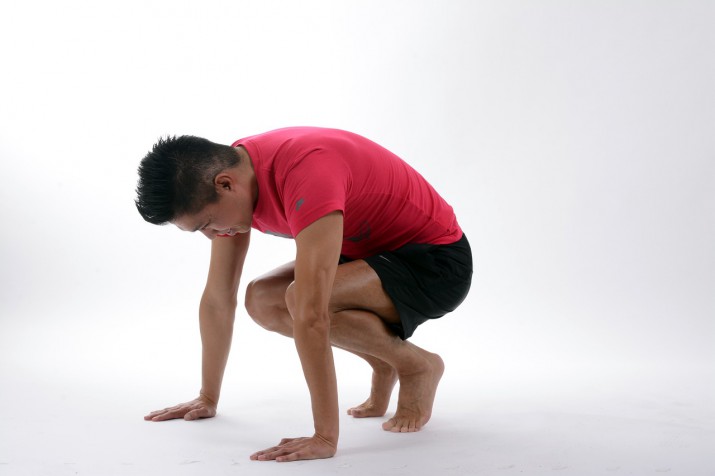Read all about bodyweight training!

What’s the optimal tool or modality for training? The answer – it depends.
In large part it’s contingent upon your goal(s). A powerlifter is no more likely to use a treadmill, to increase their squat-bench-deadlift total, than a competitive marathoner is going use a variety of barbells and accommodating resistance, to knock time off their personal best.
Let’s better define our focus, to answer that question. The likelihood is that you’re looking to get leaner, and add relative strength (as opposed to our powerlifter, whose looking for absolute strength). And maybe you have some endurance aspirations, which can be greatly enhanced through strength training.
Having a more focused definition, the answer to what is the optimal modality is simply – what you have the easiest access to. This could be variable, if you travel a lot, find it excruciatingly difficult to make time to get to a gym or maybe the gym environment isn’t all that appealing, to you. At this point, I think it’s incredibly important to have a solid understanding of the one tool you always have access to, and the tool that takes no more space than that which you occupy, in various positions – YOU!!!!!
Your body is a magnificent tool for training
Bodyweight work is accessible, and easily modified, to allow for regression and progression with simple changes in angle, tempo and mechanics. You can squat, push, pull, hinge, jump, run, bound, etc. with this one amazing tool you’ve been given. AND – IT’S FREE!
Let’s look at our possible goals: get lean, get strong, increase endurance
If you’re looking to drop a few pounds and some body fat, your training plan of attack is going to include lots of reps, with very little rest, and a nutritional plan of attack – which is another article. Moving your body through space is going to afford you a much greater opportunity and safer environment, to satisfy those demands. Adding unilateral movements greatly enhances the degree of difficulty, and the level of inefficiency needed, for weight loss. Another great benefit is that bodyweight training employs closed chain, compound movements – a huge return on your investment.
Building relative strength
It’s funny to hear people insist that you can’t get strong with bodyweight training. Try a workout that includes handstand push-ups, muscle ups, pistol squats, hill sprints, broad jumps, etc. The level of strength needed to do these movements, through a full range of motion and with fluidity, is immense. Still not convinced? Look at the body of a gymnast, or the legs of a dancer.
Bodyweight training will absolutely enable you to build a solid base of relative strength.
You also want to increase your cardiovascular capabilities vis-a-vis swim, bike, run, rowing, cross country skiing or rucking. It’s clear – moving your body, through those spaces, is going to be the requisite modality across these sports. Another incredible benefit is that of recovery and joint integrity. Low intensity, steady state activity (LISS) is a fantastic recovery protocol, that would benefit everyone.
To finish, let’s look at what most people are chasing, in regard to fitness
They’re looking for a better state of being, a greater quality of life, where they can be active with friends and family, engage in activities with their children, and in general handle what life throws their way. People are under increasing demands for their time and unfortunately time for training is rarely set as a priority. What better way to train for life than to use the body you’ve been given, the body that you need to get from point A to B, and the body you always have access to.



